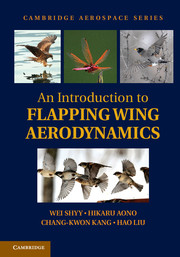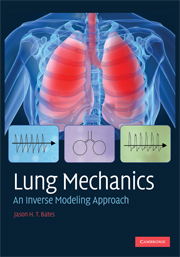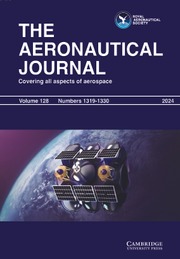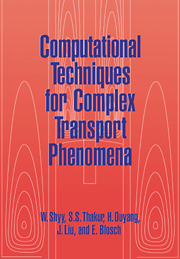Aerodynamics of Low Reynolds Number Flyers
Low Reynolds number aerodynamics is important to a number of natural and man-made flyers. Birds, bats, and insects have been of interest to biologists for years, and active study in the aerospace engineering community, motivated by interest in micro air vehicles (MAVs), has been increasing rapidly. The focus of this book is the aerodynamics associated with fixed and flapping wings. The book considers both biological flyers and MAVs, including a summary of the scaling laws which relate the aerodynamics and flight characteristics to a flyer's sizing on the basis of simple geometric and dynamics analyses, structural flexibility, laminar-turbulent transition, airfoil shapes, and unsteady flapping wing aerodynamics. The interplay between flapping kinematics and key dimensionless parameters such as the Reynolds number, Strouhal number, and reduced frequency is highlighted. The various unsteady lift enhancement mechanisms are also addressed.
- The focus of this book is on the aerodynamics associated with fixed and flapping wings
- The book considers both biological flyers and MAVs (Micro Air Vehicles), including a summary of the scaling laws
- The various unsteady lift enhancement mechanisms are also addressed, including leading-edge vortex, rapid pitch-up and rotational circulation, wake capture, and clap-and-fling
Product details
No date availableHardback
9780521882781
196 pages
260 × 182 × 20 mm
0.69kg
Table of Contents
- 1. Introduction
- 2. Fixed, rigid wing aerodynamics
- 3. Flexible wing aerodynamics
- 4. Flapping wing aerodynamics.









